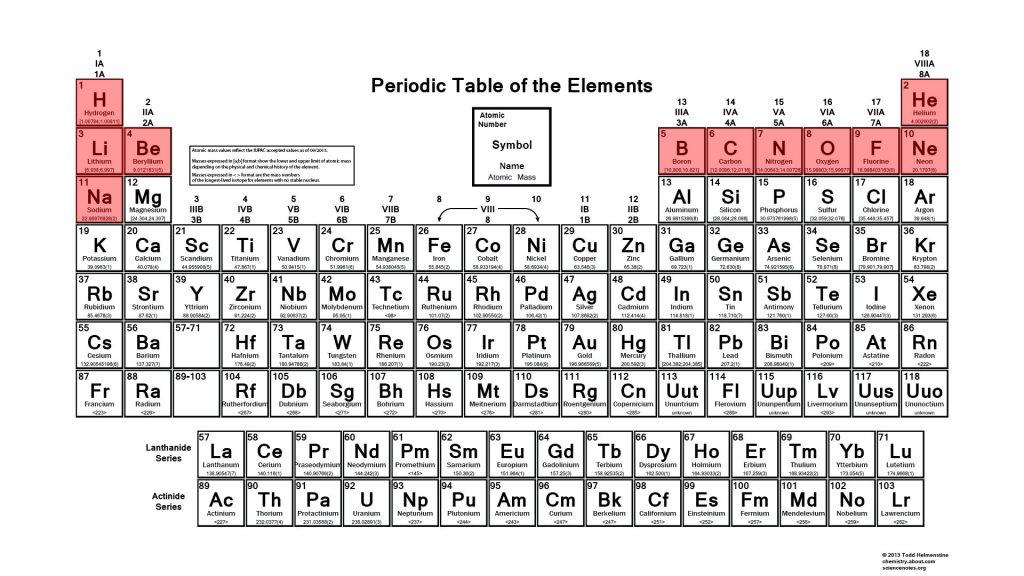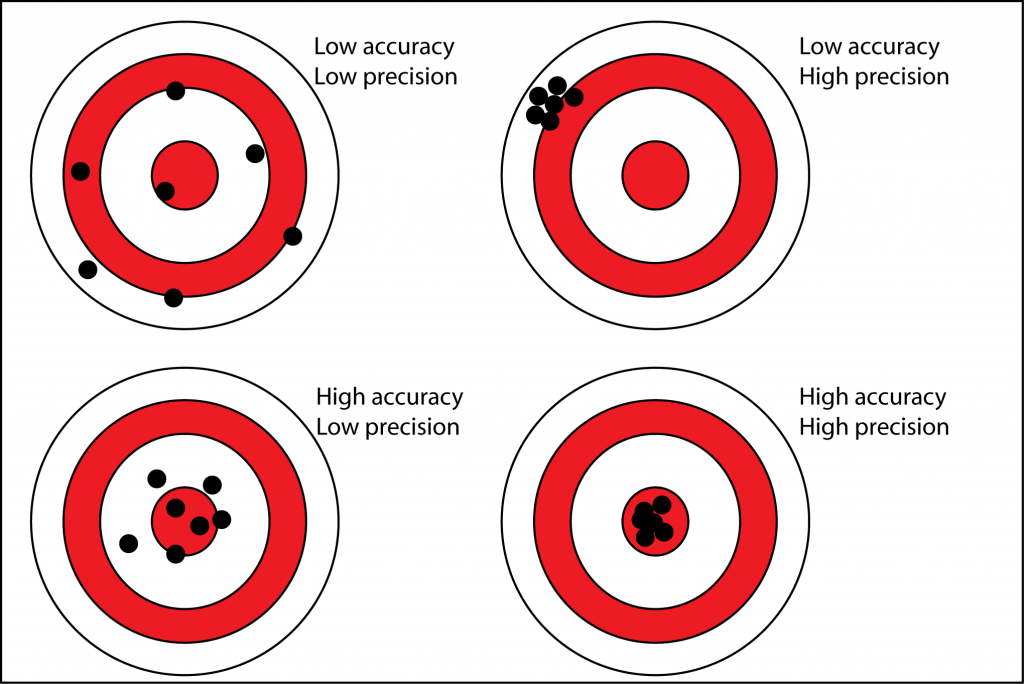
Findings of an ongoing regional evaluation study over concealed Proterozoic lithologies known to host magmatic nickel sulphides with potential to host other base-metal, gold and rare earth elements (“REE”) systems within the Fraser Range, Western Australia.

Portable XRF technology has improved dramatically over the last decade to the point that your average handheld instrument can measure from uranium, all the way down to light elements such as magnesium. Improvements in the lighter elements is primarily down to the development of silicon drift detectors (SDD). These detectors can count more energy peaks […]

Precision and accuracy are two of the most important concepts to understand when thinking about pXRF technology. “Portable XRF instruments are precise but not accurate.” Automatically this statement can cause unease with portable XRF users, but it shouldn’t. Understanding precision and accuracy will help any portable XRF user embrace this statement! What is Precision? Precision […]

Periodic Table of Elements highlighting the light elements As we know, portable XRF technology works by bombarding samples with X-rays and causing their atoms to fluoresce characteristic X-rays of the elements that they contain. The energy of the fluorescent X-rays corresponds directly to the atomic number of the element. Light elements have energy levels that […]




